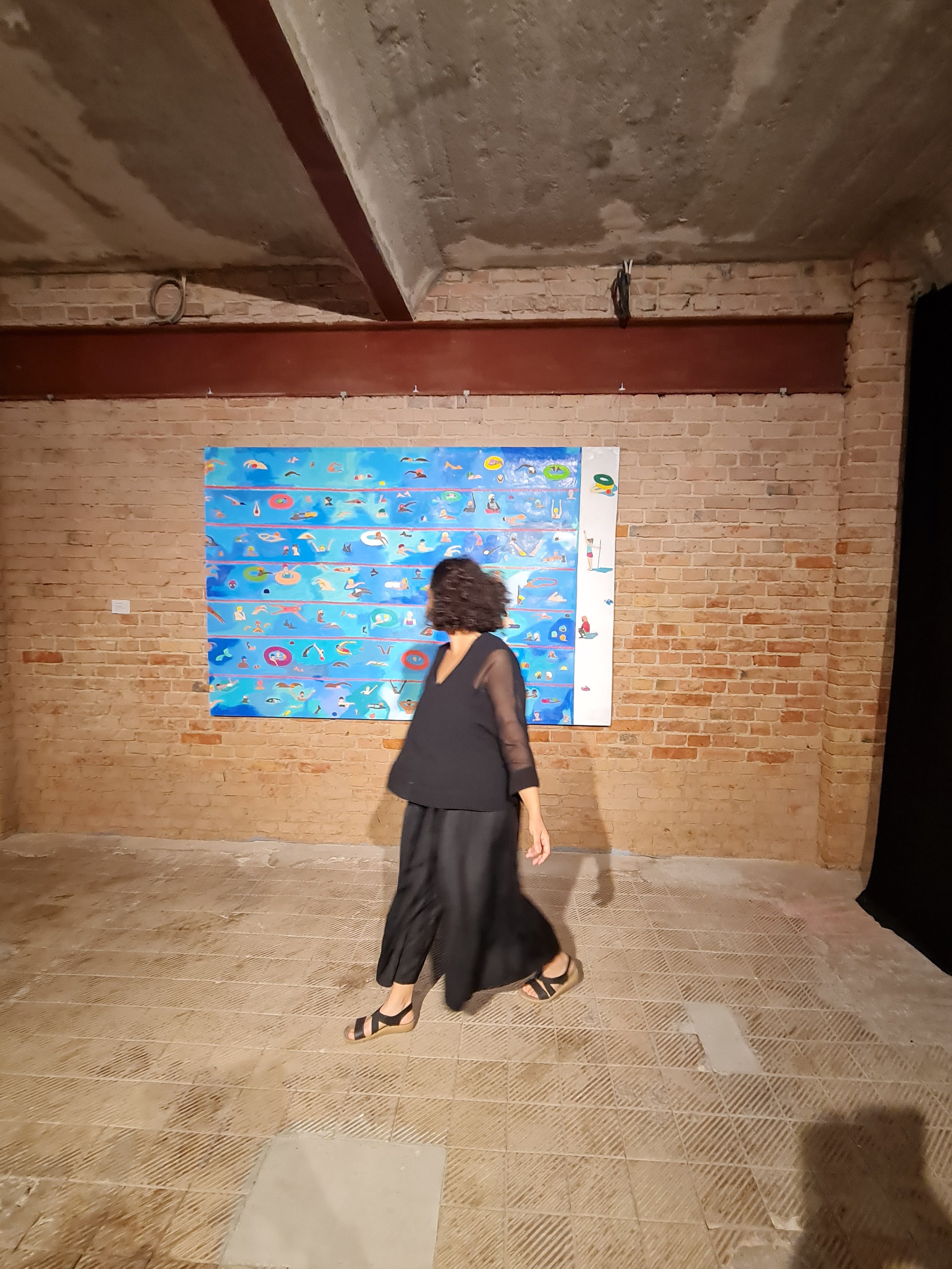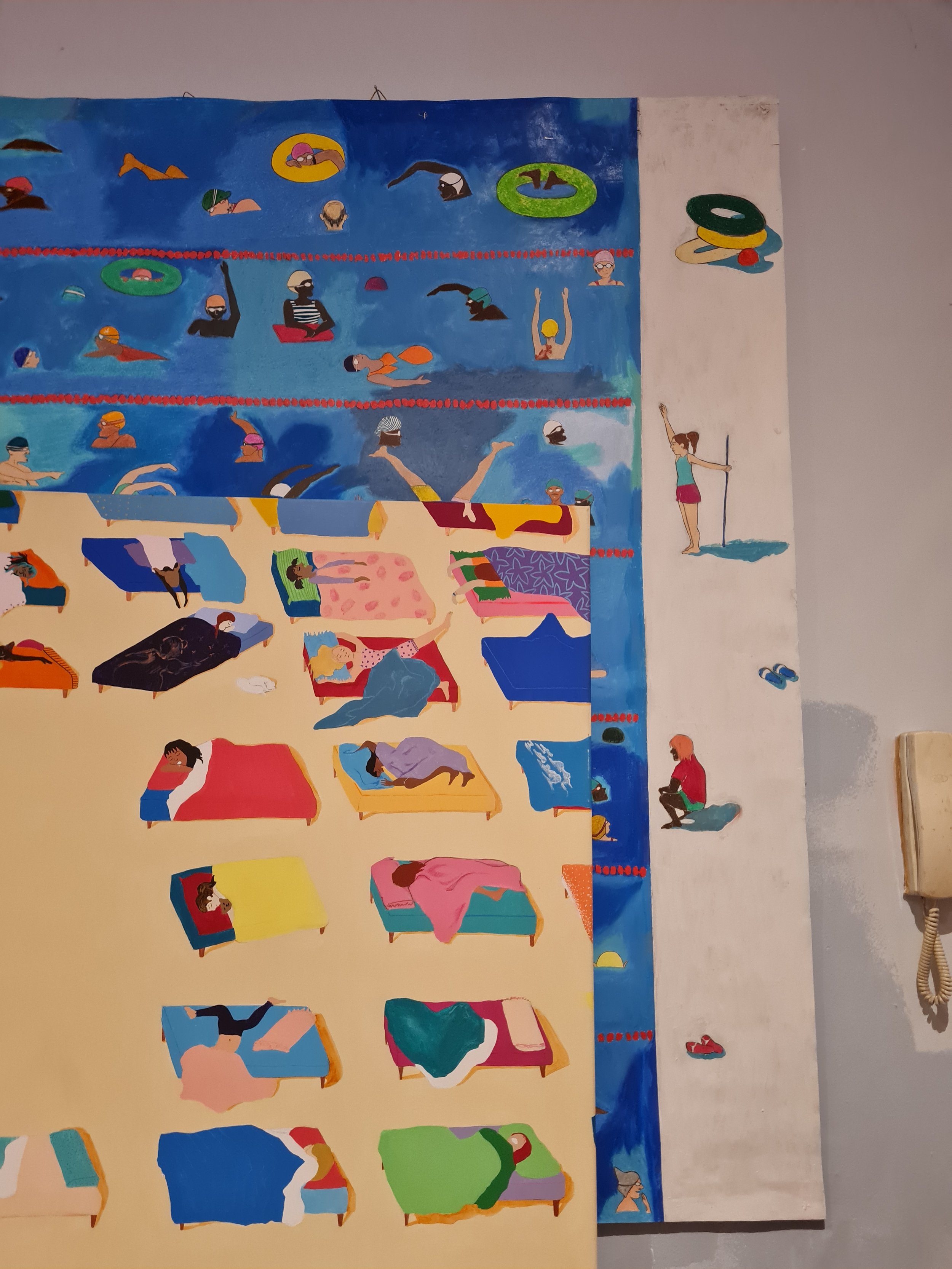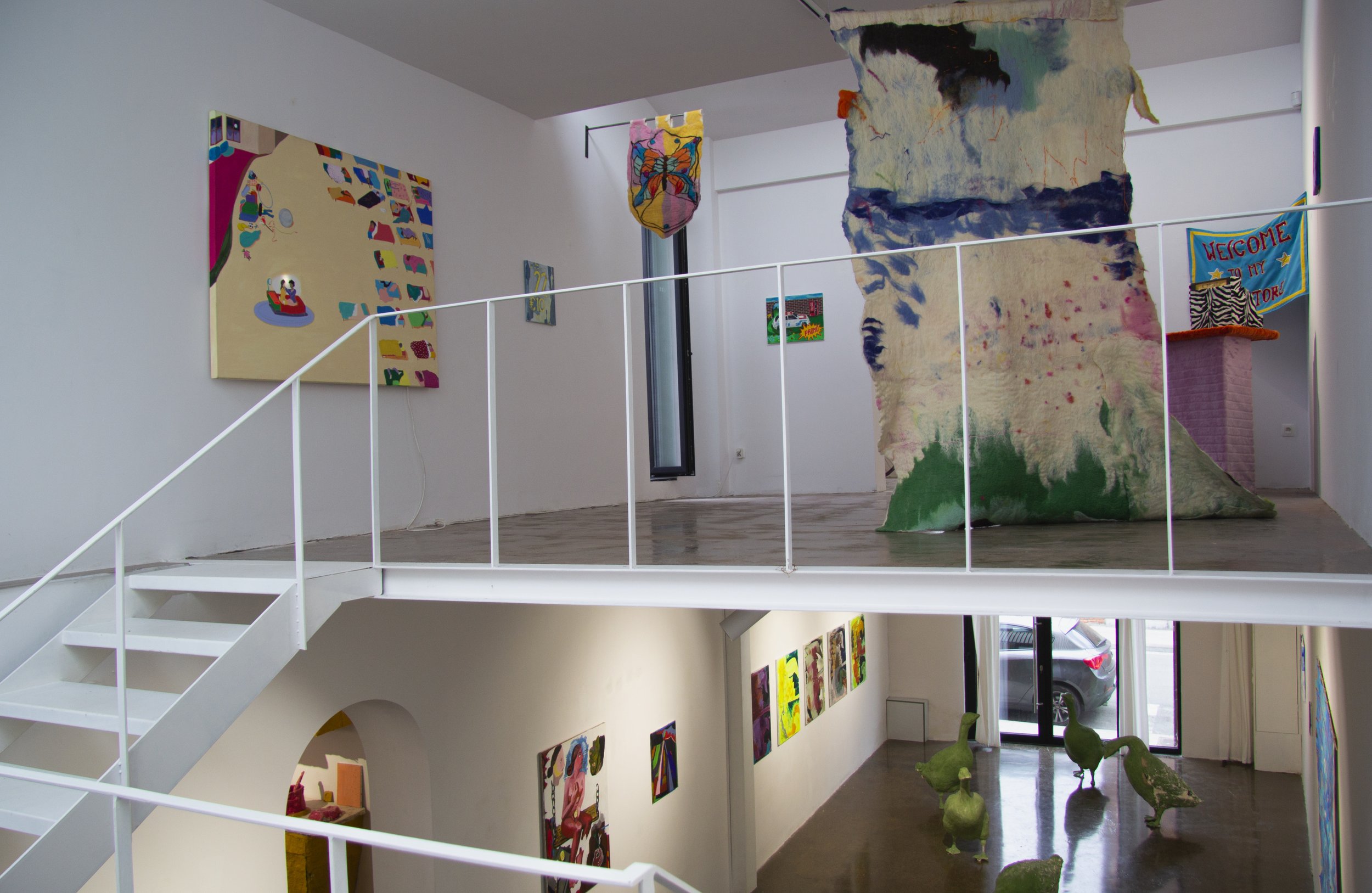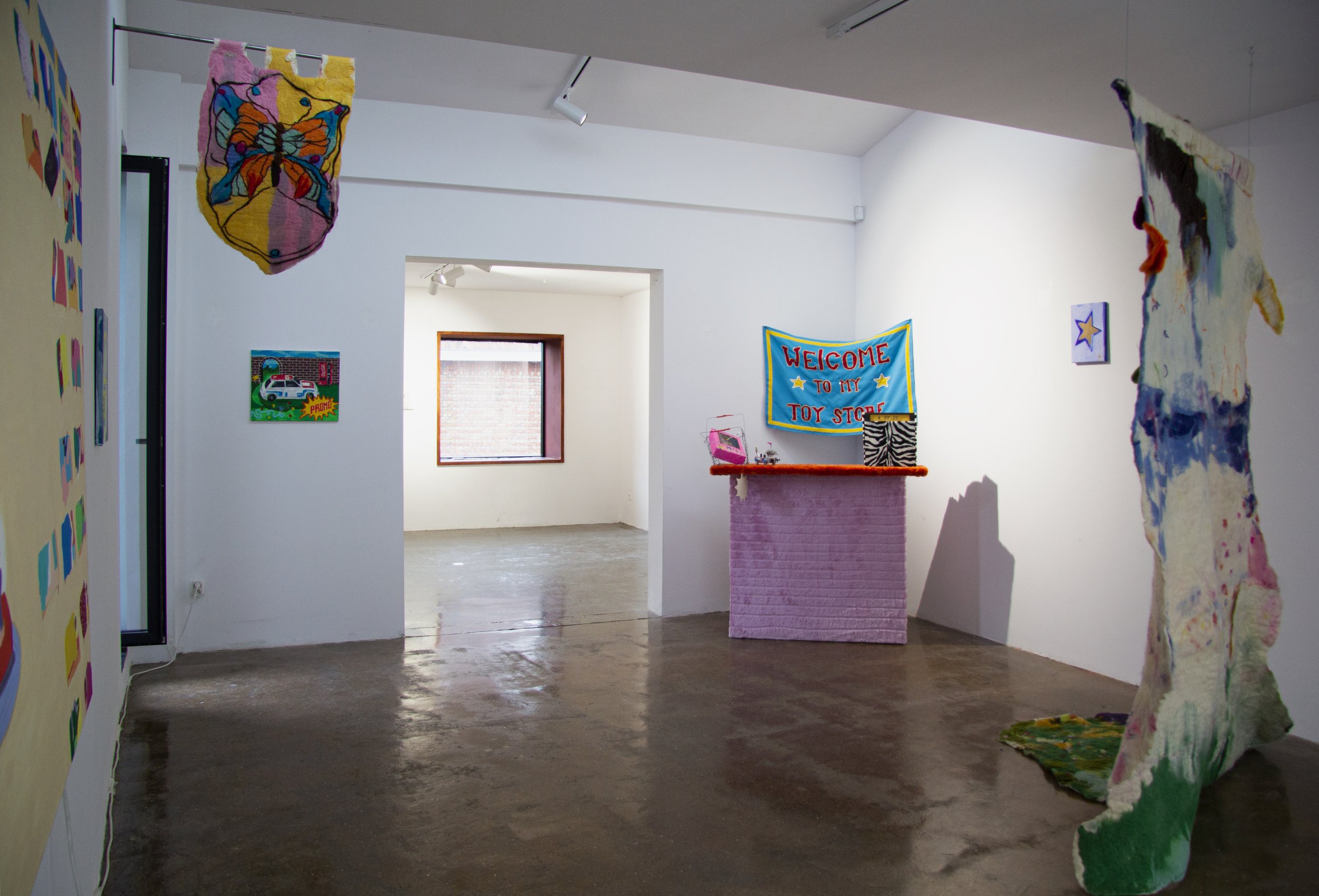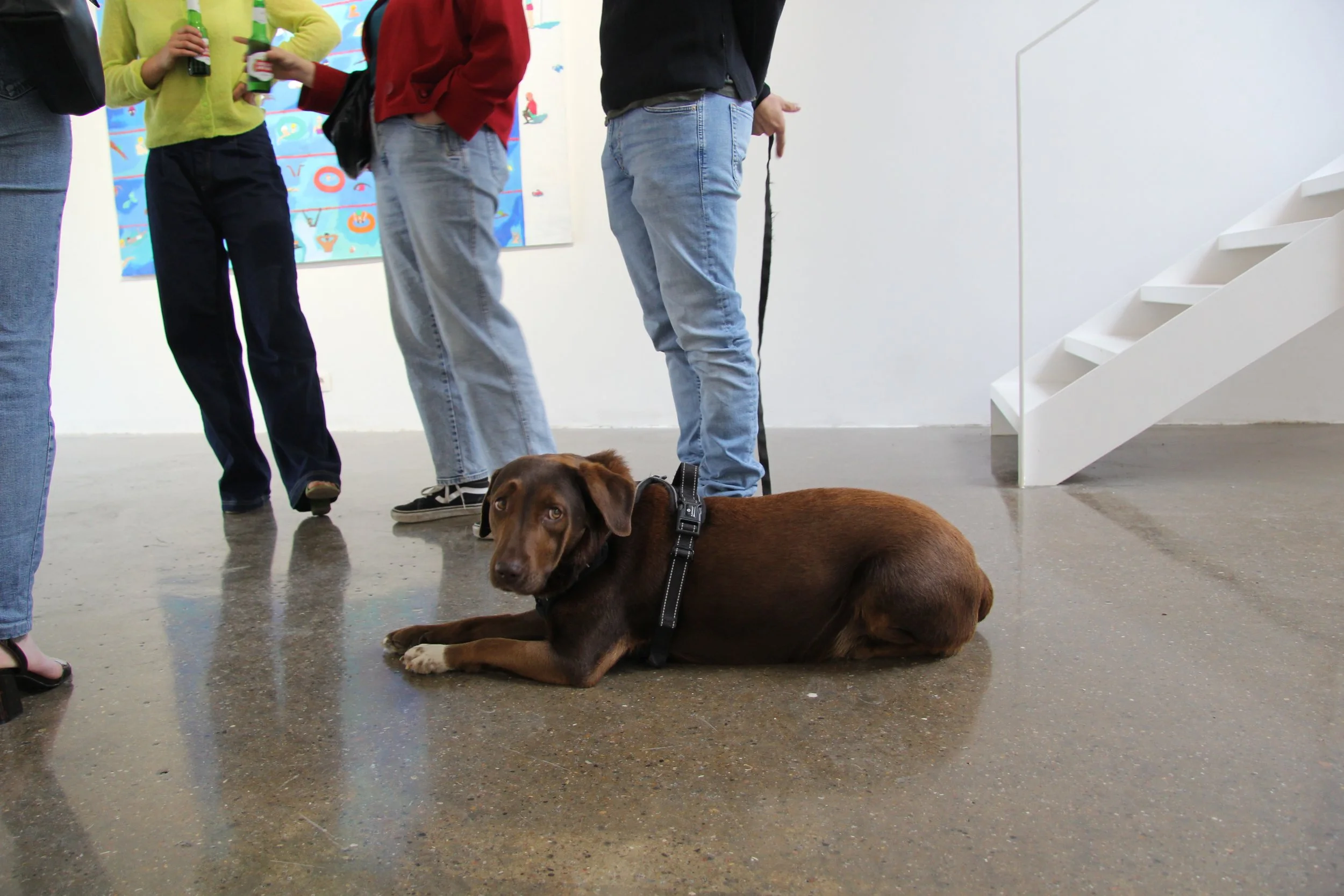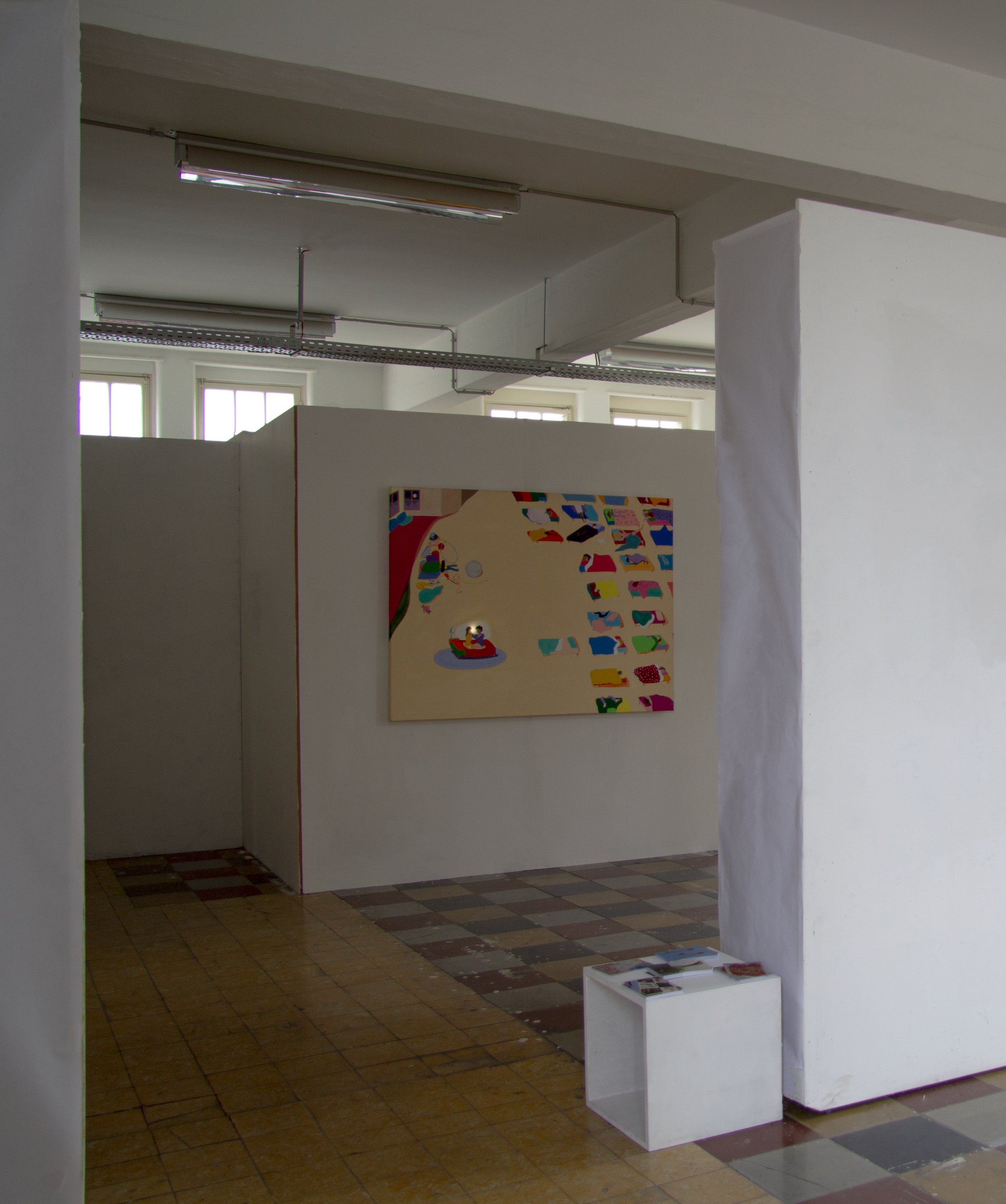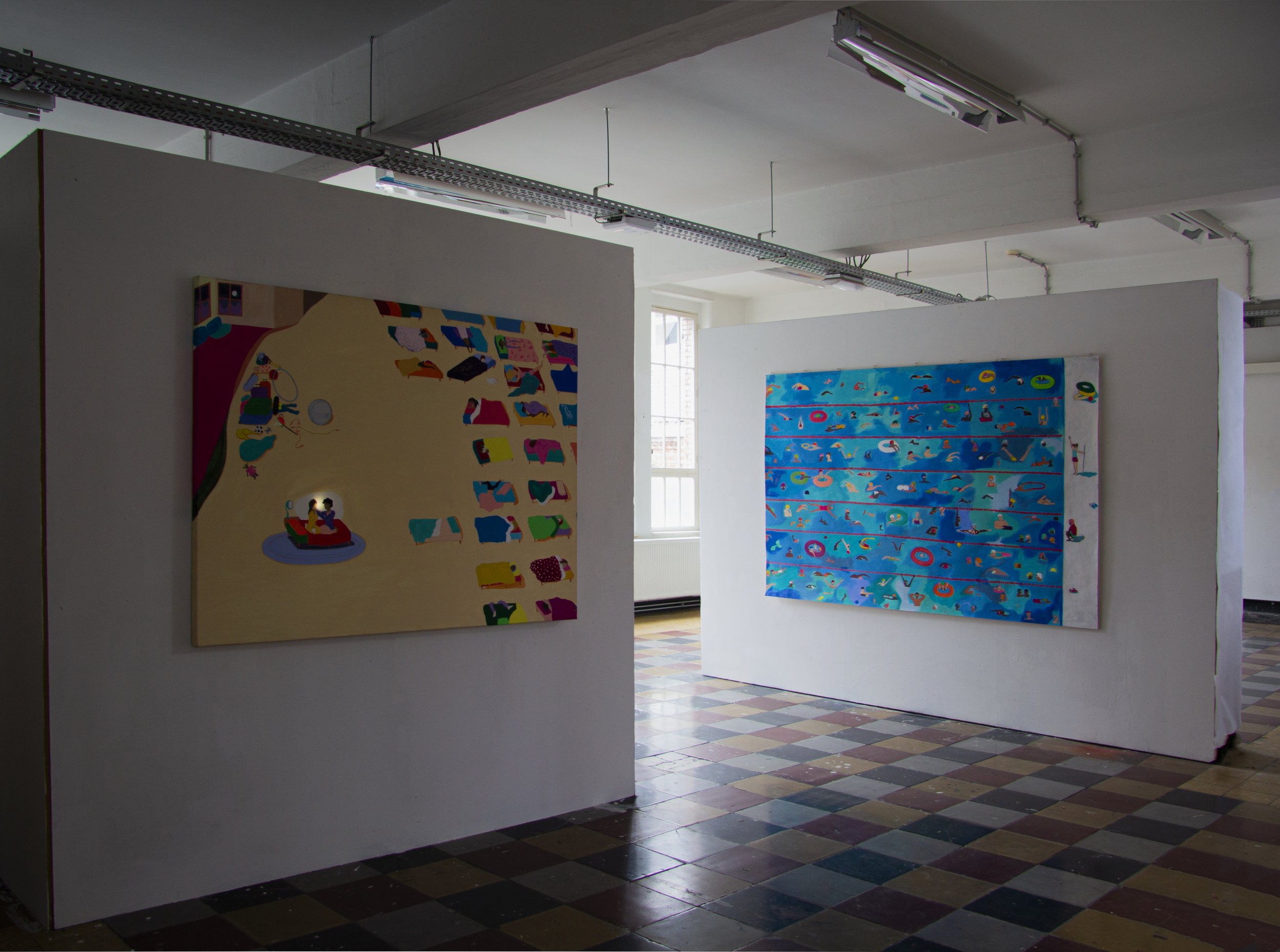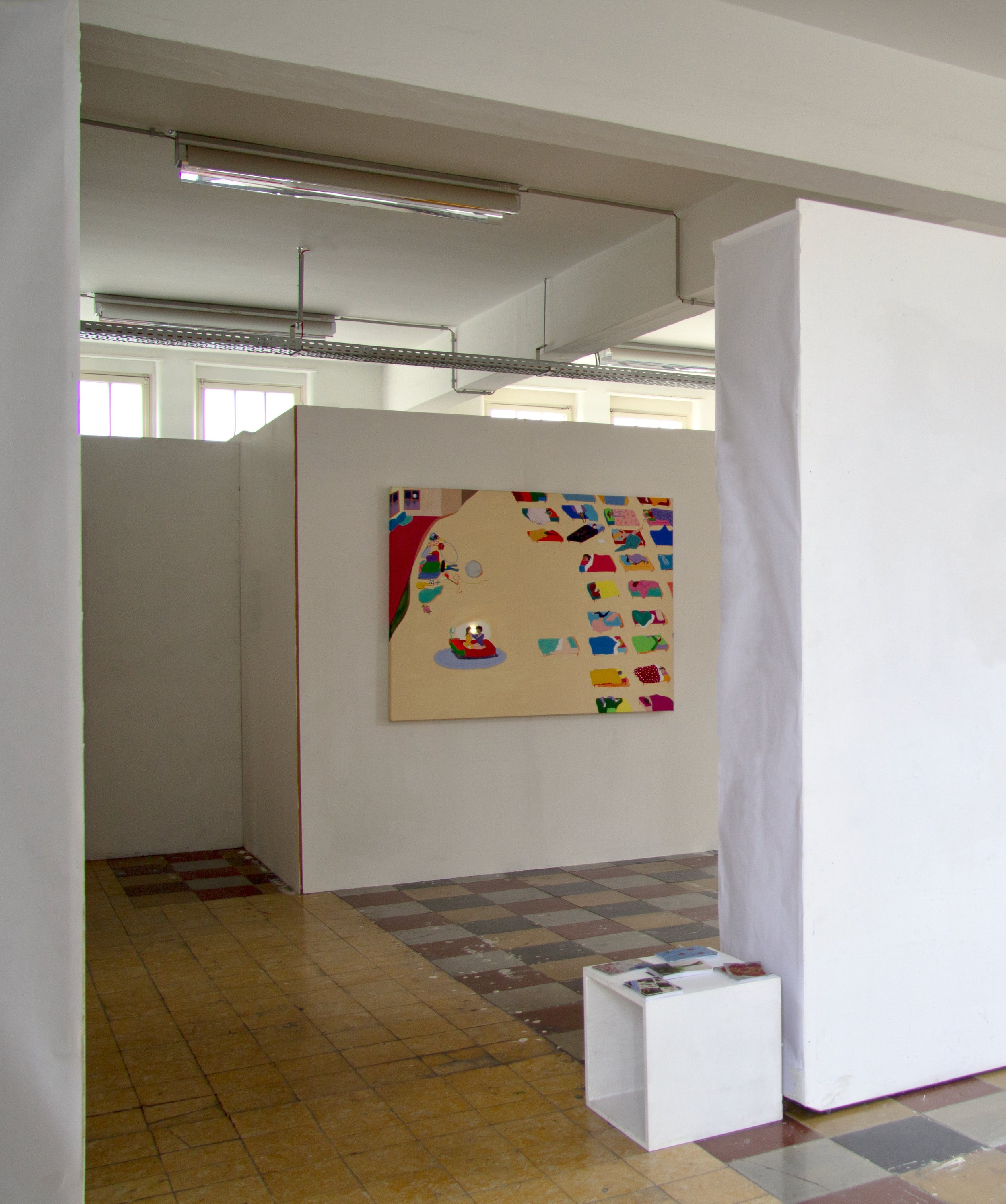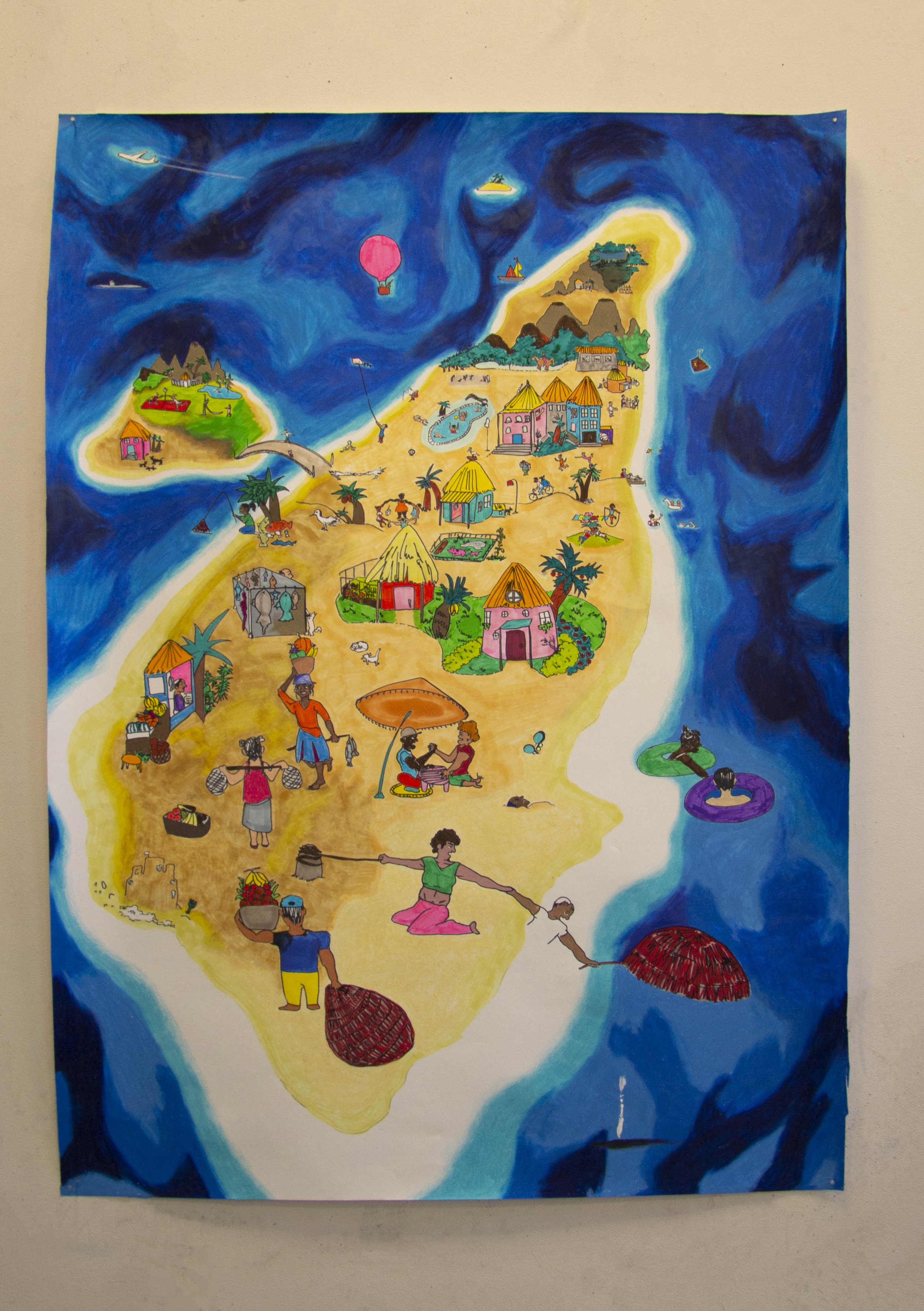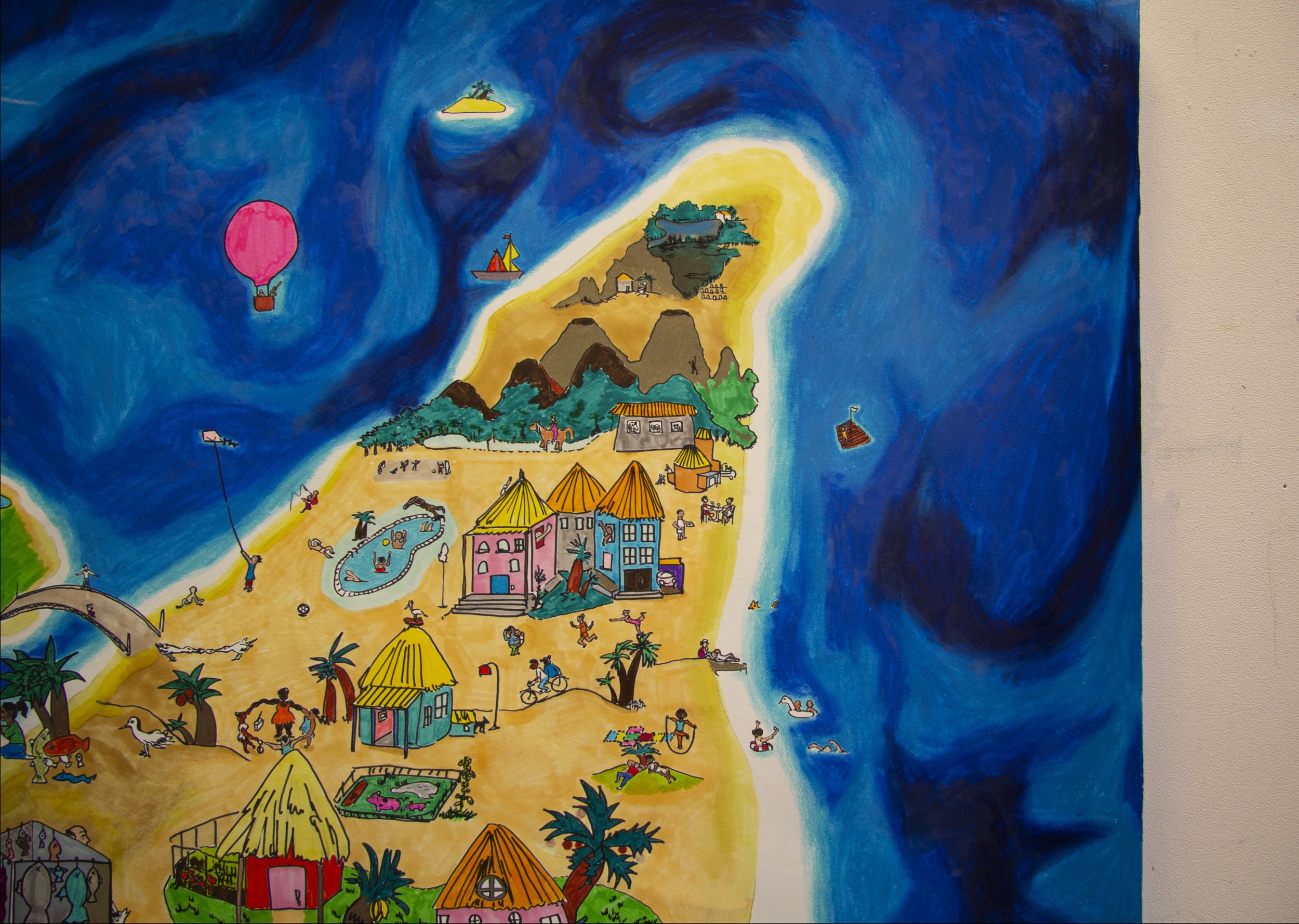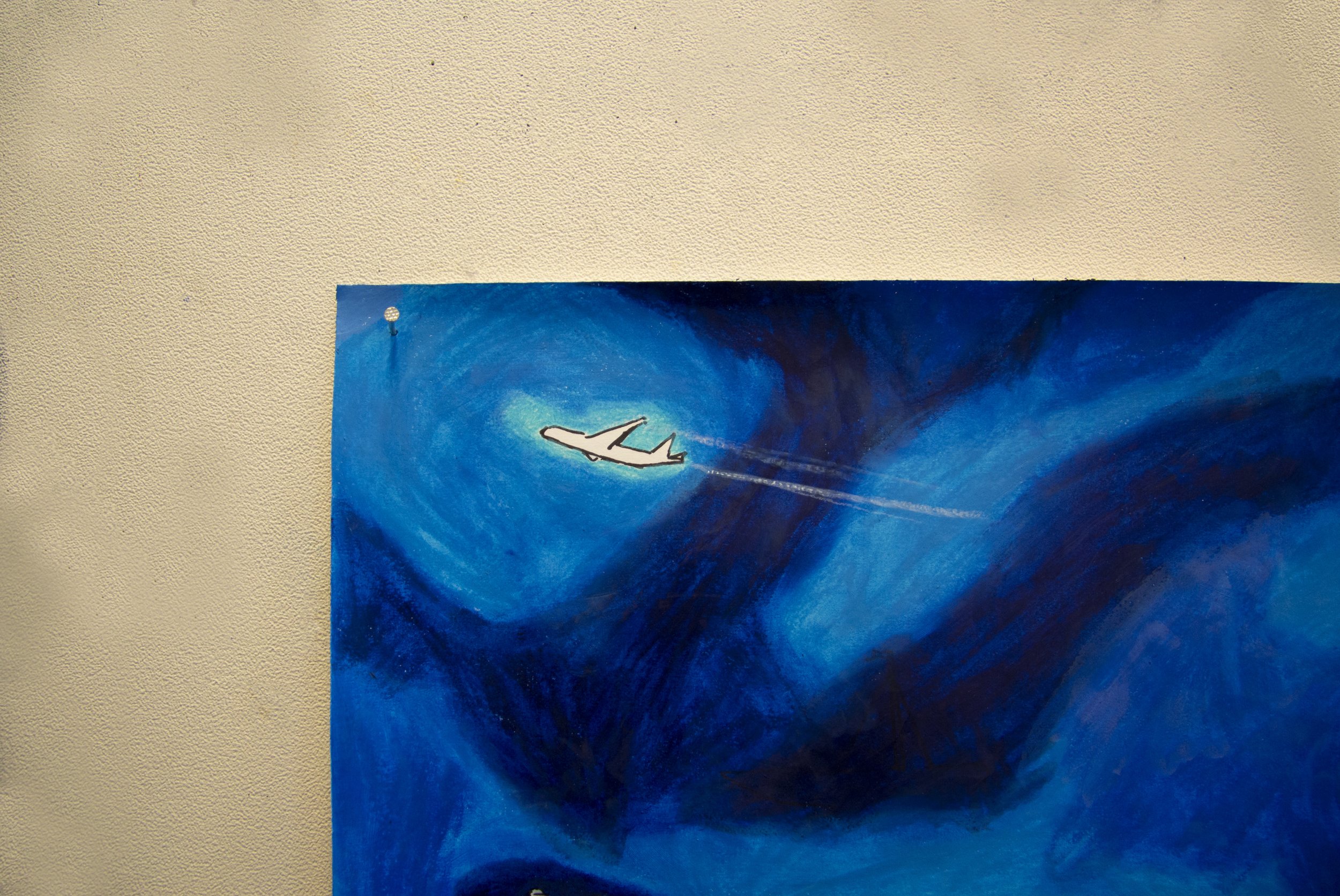
MADE
MADE
MADE (serie)
Mixed media
Various dimensions
2020–2022
MADE is a series of works where I revisit and reimagine my childhood drawings, transforming them into powerful visual narratives of memory, identity, and resistance.
Inspired by 6 Drawing Lessons by William Kentridge and Il disegno selvaggio. Un'antropologia del grafismo infantile by Simone Ghiaroni, the series brings to light the complex emotions and untold stories hidden within some of my childhood drawings. Each piece “re-enacts” a specific memory, blending themes of exclusion, racism, identity, and representation…but also freedom, resilience, and a touch of humor—through a lens that’s as colorful and bold as the original drawings themselves.
This body of work is my way of confronting the demons of my past while honoring the version of myself who had to endure them. It's a form of artistic revenge but also a deeply compassionate act toward that younger me who kept going despite it all. These experiences, however painful, were formative…shaped the socially engaged artist and storyteller I’ve become and always aspired to be.
MADE is also a tribute to others who may recognize themselves in these stories. I wasn’t alone…my classmates with diverse backgrounds also experienced similar exclusions. Through these works, I hope to reflect not just my story, but a shared reality that many have to carry quietly troughtout their lives.
And yes, it’s also a “homage” if we many still be able to call it so to the my art and German teacher from elementary school, who “bullied” me into creating these drawings. Fun fact…Years later, she ended up in prison. But that’s another story.
The first work in the series, Déjà Vécu, reimagines a drawing titled Pioggia di stelle (Rain of Stars), created after a school trip to Padua’s Scrovegni Chapel. Giotto’s starry ceiling was mesmerizing, but the real memory was one of exclusion. During a class discussion, I was told to “just look at the ceiling” because I didn’t attend religion classes, and therefore, wasn’t allowed to join the conversation. That moment of quiet separation turned into a private act of focus and wonder.
In this piece, I re-invoke the original drawing’s irregular stars and Giotto’s celestial motifs. The work, half the size of the original fresco, is layered with ultramarine pastels (the contemporary commercial lapis lazuri)—some from my childhood, some new—blending memory with transformation, trauma with reclamation.
Lezione di Nuoto is a reworking of a childhood drawing that once won awards, but now feels tightly bound to a personal trauma. Like Toblach 2009, Déjà Vécu, and Antillia, it questions identity and constraint through the lens of memory.
The original drawing, made in 2004, was again shaped by my teacher’s insistence on using “Fleischfarbe” (“flesh color”)—a tone that didn’t reflect my own darker skin, or that of others. Despite this, in my childhood version in the image appeared joyful and resilient. The 2022 version honors that same energy—highlighting childhood freedom, and my present-day freedom to represent bodies without imposed limitations.
Toblach 2009 dives into a school trip to Toblach/Dobbiaco, captured in an early drawing. Toblach 2009 carries deep personal weight, as it also portrays a late friend—part tribute, part remembrance.
It reflects the recurring tension in the MADE series: between imposed norms and personal expression. Unlike my childhood work, which was constrained by an art teacher who insisted on a single “flesh tone” for all figures, this piece embraces a wide spectrum of skin colors and also a real clip-on reading light in the work to add a layer of literal and symbolic illumination. What was once a limiting, even painful memory is now a playful painting.
Antillia takes aim at the colonial and ethnocentric narratives that seeped into my childhood through media and education. Cartoons like Disney and Looney Tunes, filled with racist imagery, aired unquestioned across Europe, shaping how many of us viewed the world.
Back in 2006, I created a drawing titled Madagascar—it won a prize, even though it echoed the harmful tropes I had unknowingly absorbed. Antillia is a reclamation of that moment. The title references a mythical island invented by Europeans in the 15th century—a projection of fant.






















